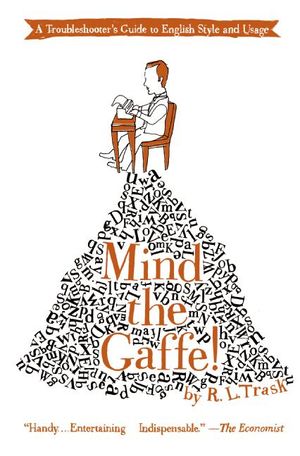Arkinslize Your welcome I'm going to post more because I have a lot of resources.
Writing Tips, Tricks and Resources
[unknown] Are there any list for awkwardness?
This link lists some sites for a whole bag of stuff
https://www.nownovel.com/blog/200-best-writing-websites/
Another good set of tips from Writer's Edit on story planning.
I like their bit on premise and framework.
This person keeps coming with the tips.
If you're able to borrow this from the library. It's a good book to learn about faux pas.
https://www.harpercollins.com/9780061132209/mind-the-gaffe/

Another couple of good guides of English usage and grammar. If you can borrow.
https://www.goodreads.com/book/show/915353.Usage_and_Abusage

https://www.goodreads.com/en/book/show/1101206.The_Penguin_Writer_s_Manual

Even thought it's not directly related to story design, every writer should be aware of copyright.
I've linked some legal sites that give some details.
https://www.copyright.com/learn/about-copyright/
https://creativecommons.org/
https://copyright.uslegal.com/enumerated-categories-of-copyrightable-works/translation/
https://www.copyright.org.au/ACC_Prod/ACC/Information_Sheets/Translations___Copyright.aspx
http://cjam.info/en/translation-and-copyright/
If anyone wants a fun challenge to get a story down to page, Nanowrimo is a favourite for many aspiring writers for this reason. It happens every November where a writer sets a goal of how many words they will write for the month. The minimum being 50K worth of words.
Reedsy's free plot structure template tool might be useful.
These are great for people that struggle to create a great peace, thank you for sharing this with everyone :)
Can't recall if I posted resources for outlining.
Writer's Digest has a good basic how-to on story outlining.
https://www.writersdigest.com/online-editor/7-steps-to-creating-a-flexible-outline-for-any-story
https://www.masterclass.com/articles/how-to-outline-your-novel this one branches off into a paid master class program. You can still get some tips for free from the article.
This author addresses some outlines to cater for different types of writers.
https://jerryjenkins.com/how-to-outline-a-novel/
My 2-cents: Everyone outlines differently. I generally follow a 3-Act outline, drilled down into segments and chapter goals. Segments are story parts within an act (eg. the climax, catalytic moment...). My outline pattern follows something like below:
- Story Outline = Act 1, Act 2, Act 3.
- Segment outline = Act1: Segment 1, Segment 2...
- Chapter goals = Segment 1: Chapter goal 1...
Any other cool insight post from Writer's Edit. If you have twitter, it's worthwhile to follow them for writing advice/tips.
information about the two different Third Person writing style by GINNY WIEHARDT
https://www.thebalancecareers.com/third-person-point-of-view-1277092

- Edited
Another issue that a lot of drafts face (from newbie and seasoned writers) is run-on sentences.
Grammarly has a good article explaining what these are.
https://www.grammarly.com/blog/run-on-sentence-basics/
Grammarly's examples below:
[Incorrect]Lila enjoyed the bouquet of tulips John gave her on prom night however she prefers roses.
[Correct]Lila enjoyed the bouquet of tulips John gave her on prom night; however, she prefers roses.
Basically a run on sentence is stringing two separate conditions together and not placing a punctuation in between to separate the two kind of what I'm doing with this sentence that I'm writing right now.
It may seem obvious on screen, but it's quite a common thing to do when drafting from thought for the first time. Especially when writing is still a new skill. It may not be easy to determine punctuation rules between clauses. So it's handy to have a tool like Grammarly to flag the places where pauses are likely needed. This will slowly train the eye for the splits.
Also, with Grammarly's correct example. It would be better to substitute the semi colon ( ; ) with a full stop (.) instead, making them separate sentences and statements.
Haha. I'm grading papers (senior high). Full stop apparently is the scariest key on the keyboard. You just can't use it. Better safe than sorry and go for the comma -- fifteen times in a row...
Another good set of tips from Reedsy focused on character design. I recommend signing up to Reedsy's newsletters for a regular dose of writing tips and insight.
Another Writer's Edit tip on narrative styles.
How to Describe Women Without Degrading Them
https://m.mythcreants.com/blog/how-to-describe-women-without-degrading-them/






